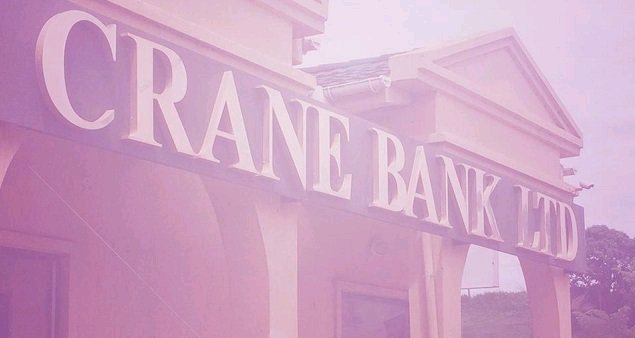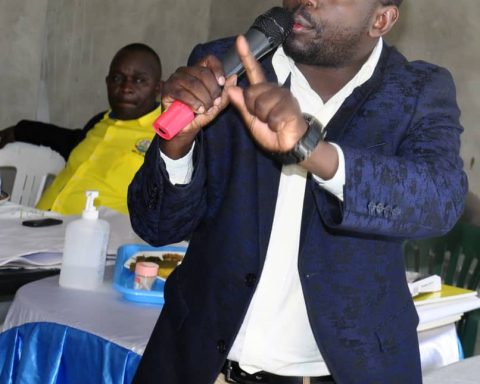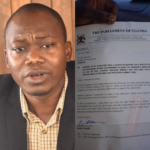The decision by the Supreme Court of Uganda that Crane Bank Ltd reverts to owners Sudhir Ruparelia and co-shareholders raised public excitement, for various reasons, including an assumed return of the bank into the banking industry.
There were concerns about the financial implications of the decision on the national Treasury and on Ugandans generally, while many pondered what it meant for other banks closed under related or similar circumstances.
At least seven commercial banks have been closed in about two decades on grounds of mismanagement, and the mandate by the BOU to protect the customer’s deposits, among others. Only Crane Bank has managed to take on the central bank on its decisions in courts of law.
Offenses by the owners or managers of the closed banks were said to include financial mismanagement, insider lending, depletion of working capital, theft and family or single-holder ownership.
The laws in question including the Financial Institutions Act, the Bank of Uganda Act, and a host of others laws, regulations and policies, give BOU the powers to seize a commercial bank, or close it altogether when it senses violation of the laws.
Crane Bank, like a host of previous cases, was also accused of most of these offenses, and these allegations by BOU against Crane still stand, until a court or a forensic audit clears the owners of any wrongdoing.
The case against the Crane Bank owners Sudhir Ruparelia and Meera Investments, was dismissed at all levels on technical grounds, not their proof of innocence in regard to the alleged offences for which BOU acted.
Court said the regulator, BOU did not follow the right procedures when it seized and attempted to liquidate CBL.
So, legally, now that Crane Bank Ltd exists and the shareholders must receive the company back, according to the courts of law. Is the bank about to resume its operations? Experts say, no.
“It’s important to note the case was dismissed on a technicality and not on its merits and even still the issue of whether Bank of Uganda illegally placed Crane Bank into receivership was not in contention and therefore no decision was made to that effect,” Isha Baguma, a Corporate, Commercial, Tax and Litigation Lawyer, says.
One of the technical grounds was that since receivership by law should be concluded within 12 months, BOU’s receivership of Crane Bank Ltd also ended on 20th January 2018 and therefore the management of the company should be returned to its shareholders.
In 2016, BOU commissioned a study into the alleged offenses and the subsequent “Report on the preliminary forensic review at Crane Bank” by PricewaterhouseCoopers recommended the prosecution of Crane Bank board of directors, investors, and senior management for “flaunting Uganda’s banking laws and committing various financial crimes.”
This is yet to be done.
“The implication of this decision is that Sudhir Ruparelia has received back Crane Bank ‘the company’ and not the ‘financial institution’ as Crane Bank ceased being a financial institution after receivership wherein all its assets were sold to DFCU,” says Baguma.
In other words, Mr Ruparelia and his co-owners will get back the incorporation papers of “Crane Bank Ltd,” but not the business assets which are now owned by DFCU, or the license to operate as a bank which was effectively revoked by BOU, unless he successfully challenges the revocation, too.
Also, the courts did not say whether or not Mr Ruparelia and Meera Investments or CBL management were at fault or innocent, and therefore they are not yet cleared to own or operate a bank in Uganda.
But even then, “the third schedule of the FIA is very clear on the test and for as long as you were a director of a bank placed under receivership by BOU you can’t pass the test,” says Baguma.
As of 2016, Sudhir Ruperelia and his family controlled 48.7 percent of the company, and White Sapphire Ltd based in Mauritius, owned 47.33 percent, while the rest belonged to some Ugandans.
So, what did Sudhir and Meera win, and what did BOU and the taxpayer lose?
Crane Bank Ltd can now press the BOU to give accountability of the assets it seized (which were transferred to DFCU).
Experts say that the regulator might not succeed in accounting for them.
“There are no records of the assets that BOU took, there are no minutes of meetings that should have taken place before the sale of the assets,” said Lawyer Abdul Katuntu, who also led a parliamentary probe into BOU’s handling of mismanaged banks.
As of 31 December 2015, Crane Bank’s assets were worth 1.81 trillion shillings, with shareholders’ equity of 281.43 billion shillings, according to official records on the banking industry.
In October 2015, it had more than 750,000 customers.
The Bank’s assets were acquired by DFCU Bank in January 2017 at a cost of acquired by DFCU Bank in January 2017 at a cost of 200 billion shillings, on grounds that it was undercapitalized as declared by the regulator, BOU.
It is also not clear how much the appointed administrator of the Bank, Mr Katimbo Mugwanya brought into the company when he was running it before BOU handed the assets over to DFCU.
The Bank of Uganda will also have to pay costs of the case at all the three levels, which are yet to be determined.
They include court costs at the the High Court, Court of Appeal and Supreme Court, as well as lawyers fees.
On top of BOU having a fully fledged legal department, it opted to hire a private law firm, Byamugisha and Co Advocates and it not yet clear what their bill is.
The ruling of the courts could also trigger action for redress by the owners of the banks that were closed by BOU before Crane Bank.
They include the Cooperative Bank Ltd, Teefe Bank, International Credit Bank, Commercial Bank of Commerce, Global Trust Bank and Greenland Bank.
According to findings by the MP Katuntu-led Committee on Commissions, Statutory Authorities and State Enterprises -COSASE probe, there are no records on the processes that led to the closure of these banks.




























